To sense atmospheric processes we can use our own body and technologies to translate their energies into human perception. This exhibition presents experiments with modern and ancient practices to sense and predict atmospheric processes, to perceive the intangible and contingent properties of the surrounding air.
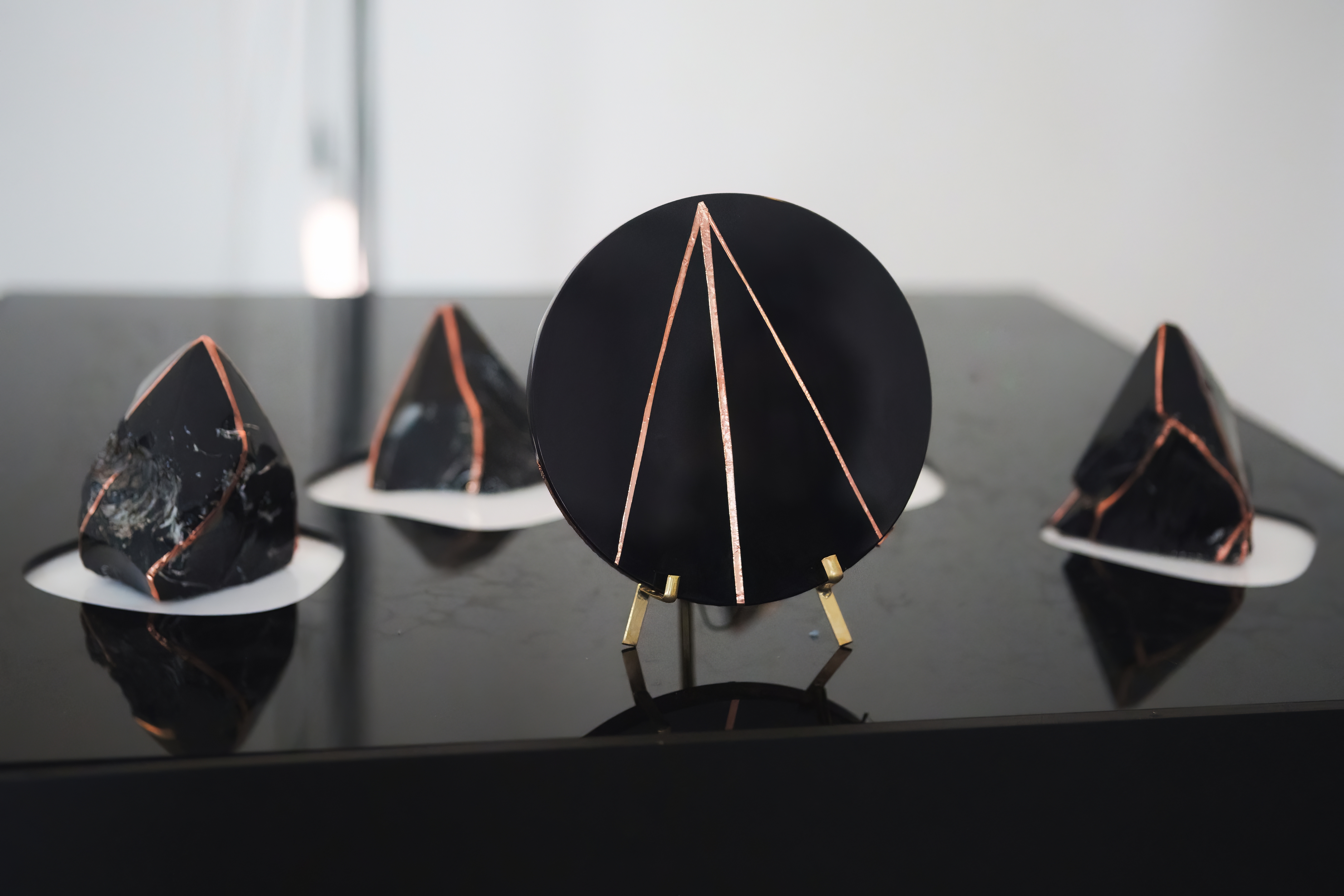
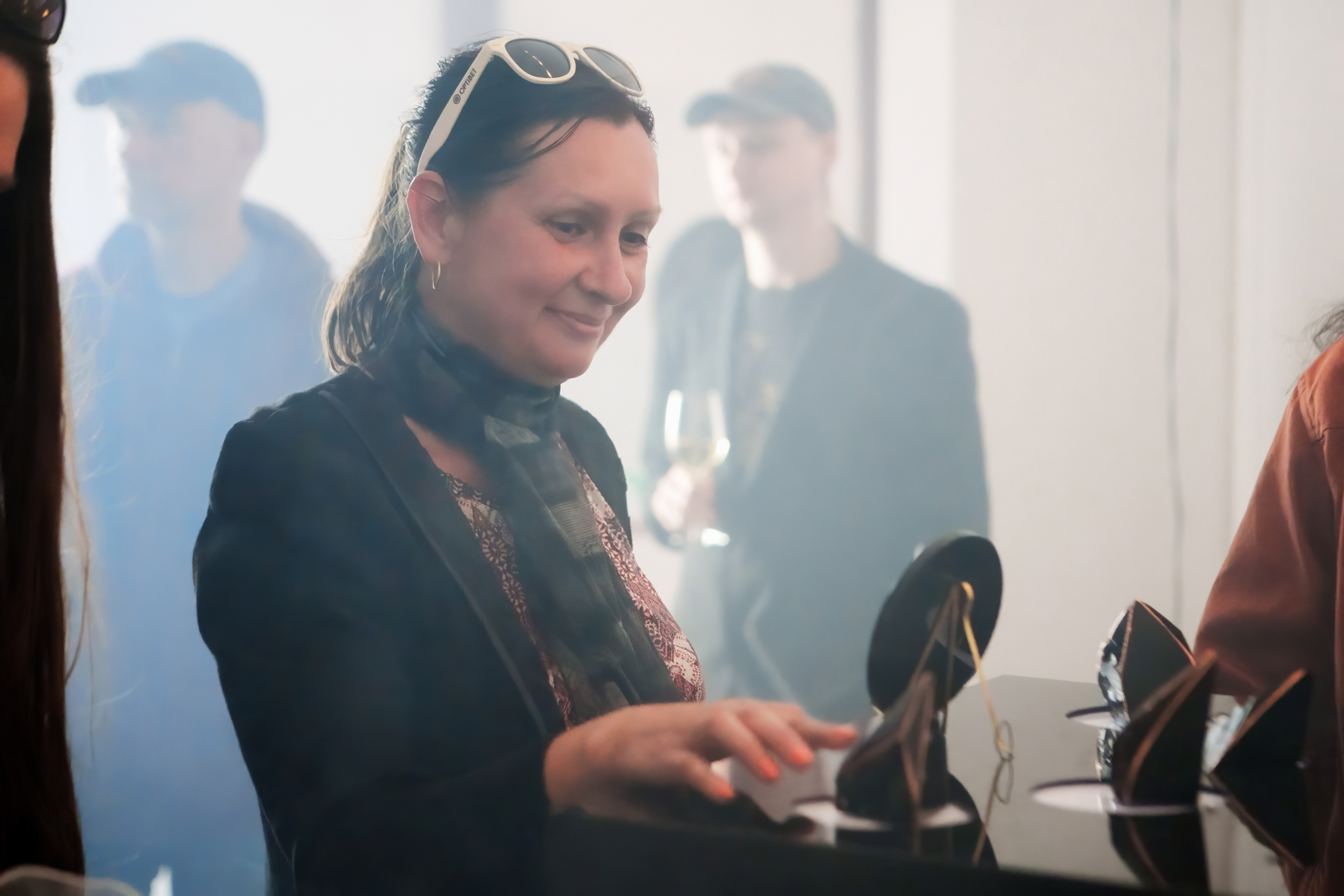
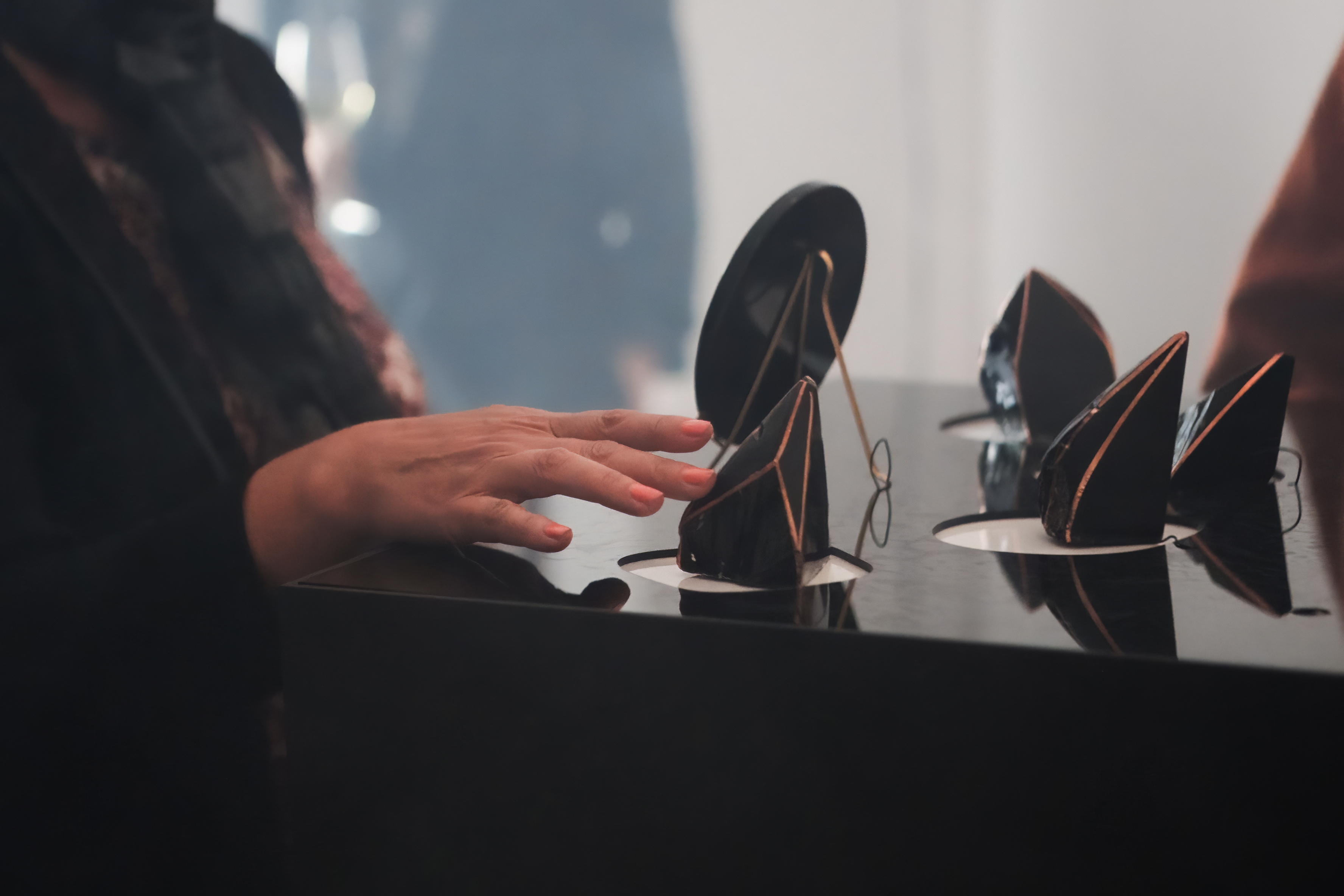

Augury is the name of an ancient practice of divination based on observing birds' behavior to predict future events and make decisions. Their agency as a species with airborne capacity has been regarded in the past as messengers from beyond. Augury is used as the title of this media installation, which is inspired by some ancient methods for sensing and predicting the weather.
Hybrid Listening is a proposal to combine meteorological knowledge that reassures human sentience, and implement technical cognition systems for attuning and listening to our atmosphere. From ancient meteorology this exhibition looks into two cases of technologies for sensing and predicting atmospheric processes from a deep time perspective: The parapegmata and the obsidian mirror.
The parapegmata, an inscription surface to register and predict weather in relation to astronomical events, was used across ancient Greek-Roman cities to represent time cycles as sequences and combinatory events to forecast the weather. It was used to follow and guide the weather events, winds, festivals, appearances of birds, and the rising of rivers. In that sense, animal behavior and other natural phenomena were observed to indicate specific weather conditions linked to the movement of planets and stars.
The obsidian stones and mirror correspond to the Aztec myth of Tezcatlipoca (which means “smoking mirror”) a deity who was associated with the wind, the unconscious, and the art of divination. Looking and touching this obsidian mirror and stones is a way to perceive what is beyond our human capacities. In this case, to extend our listening beyond our body and through the sensing networks implemented in this installation.
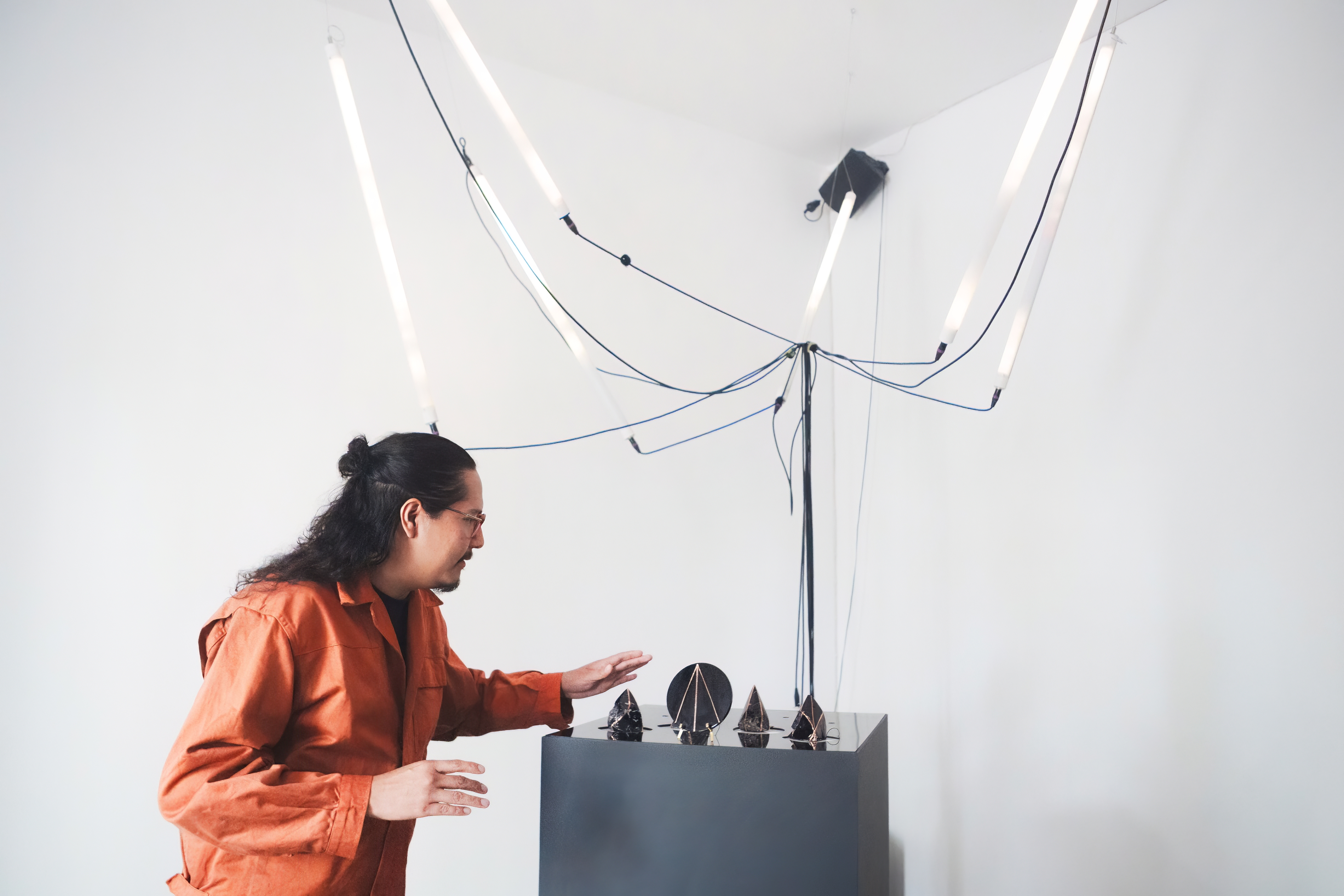

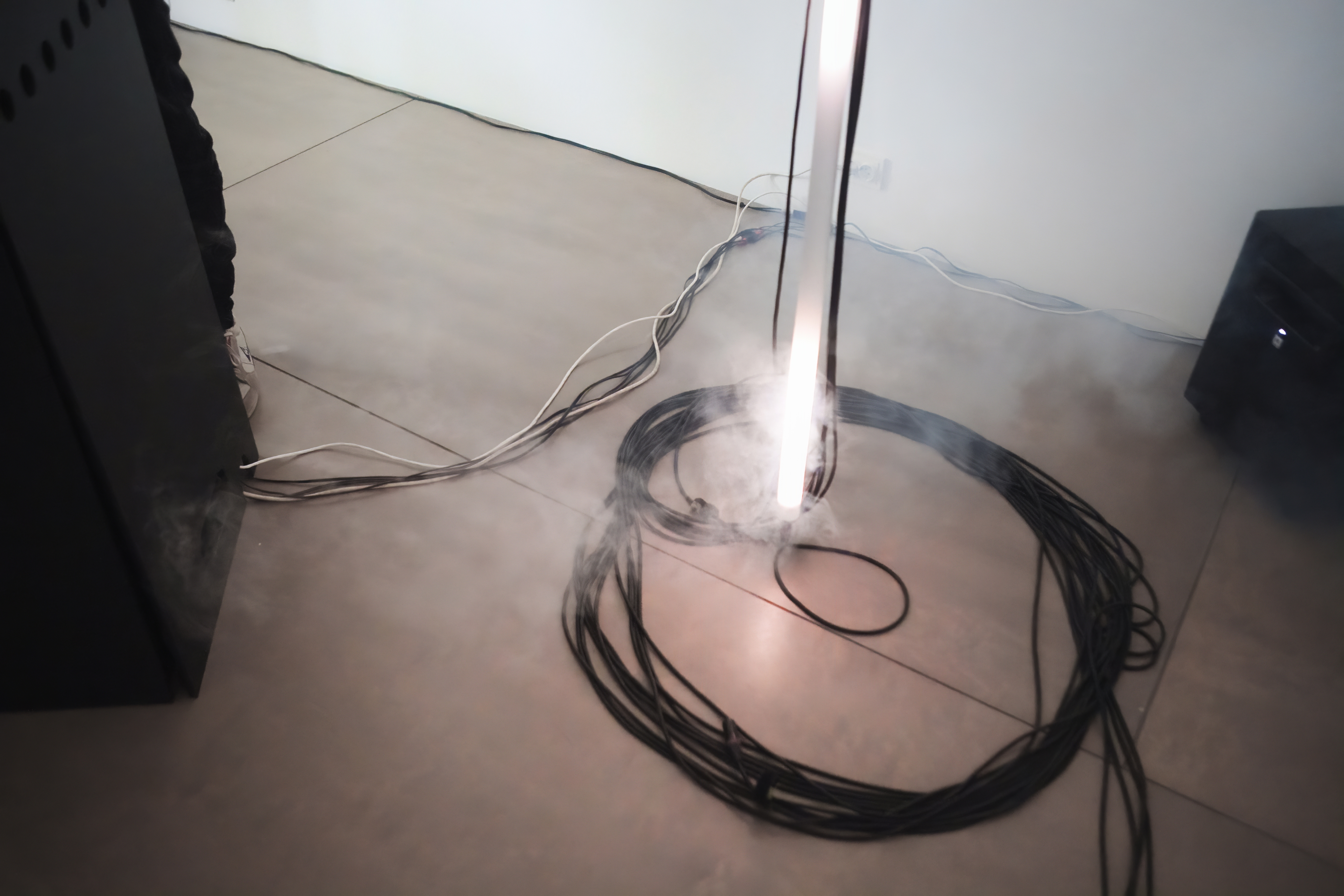
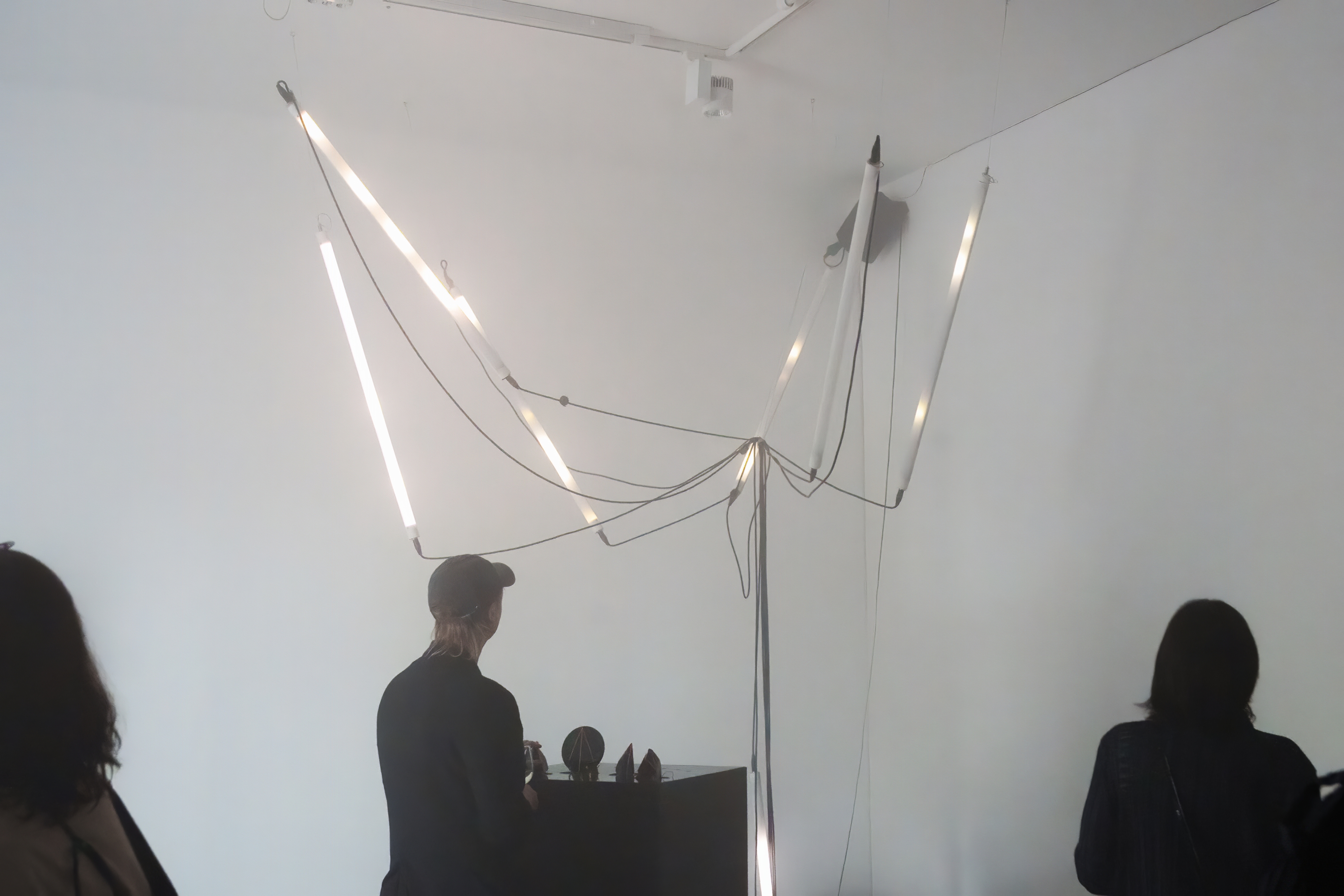
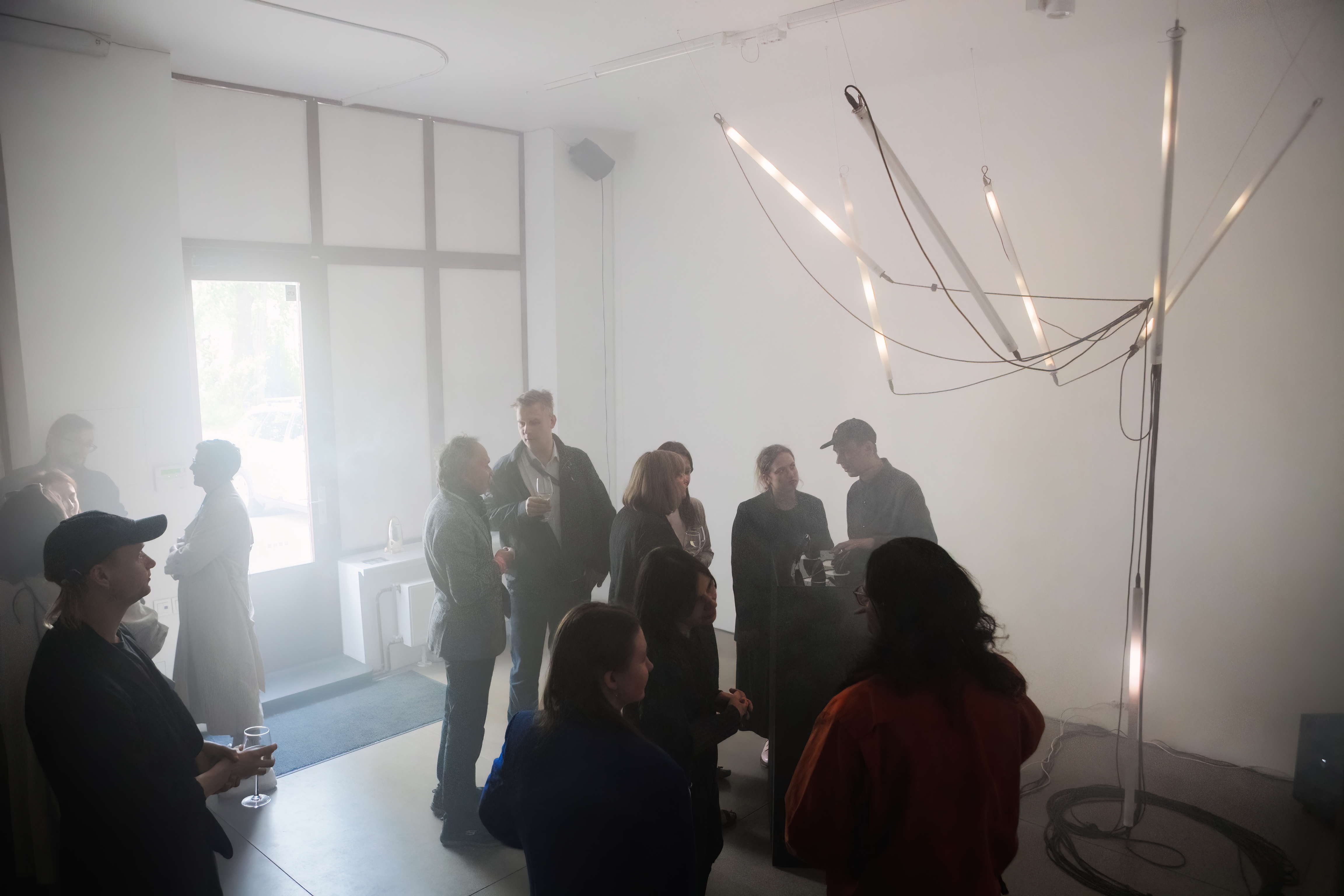

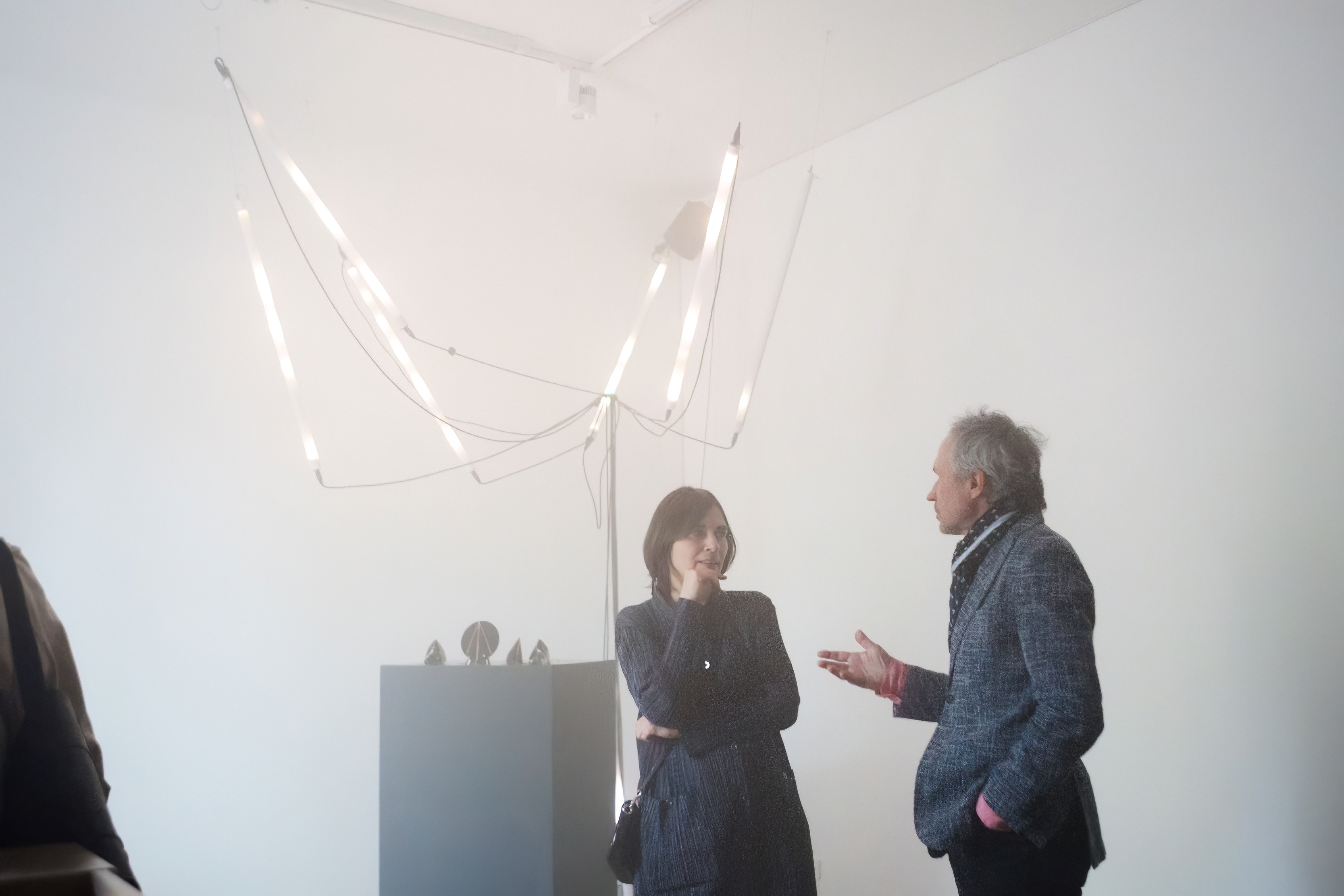
Sensor data is obtained from outside the gallery, and it is used to drive an interactive composition that is transformed with an interface that resembles the Parapegmata and the smoking mirror to propose an alternative understanding of climate with contemporary technologies. In this sense, atmospheric processes are sensed within perceptual phenomena including wind direction, temperature, and electromagnetism.
Perceiving our atmosphere from divination means to contemplate our surroundings in search of answers to these questions: is connecting ancient and modern worldviews a way to look into the future, or a way to reveal, what is invisible here in our present moment?
This work was produced at the RIXC Centre for New Media Culture with received funding for residential visits from the Nordic-Baltic Mobility Programme for Culture to establish project “RIXC Art Science Residencies”.


Credits:
Light artist: Anton Filatov
3D Renderings: Rodrigo Cid Velasco